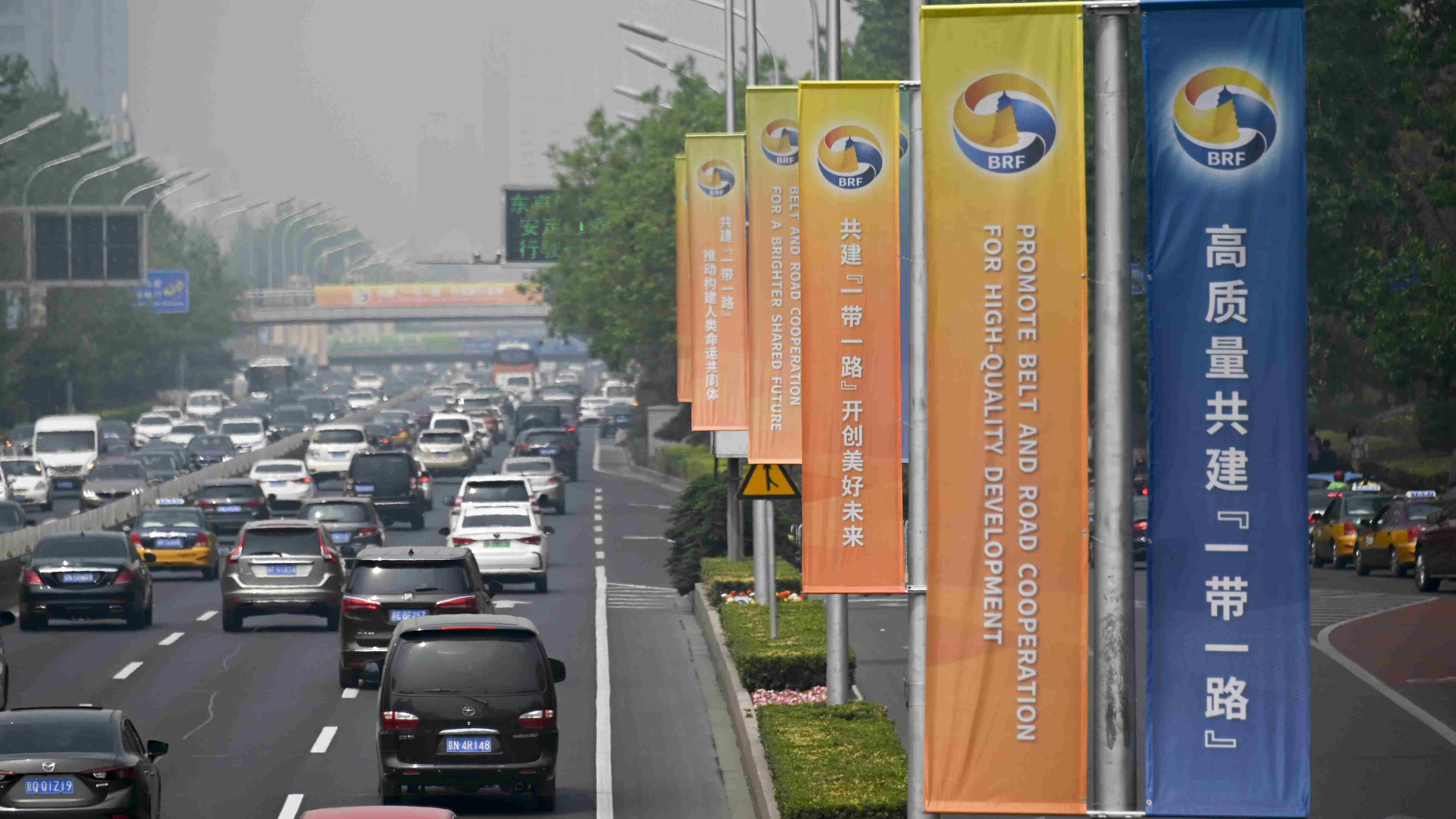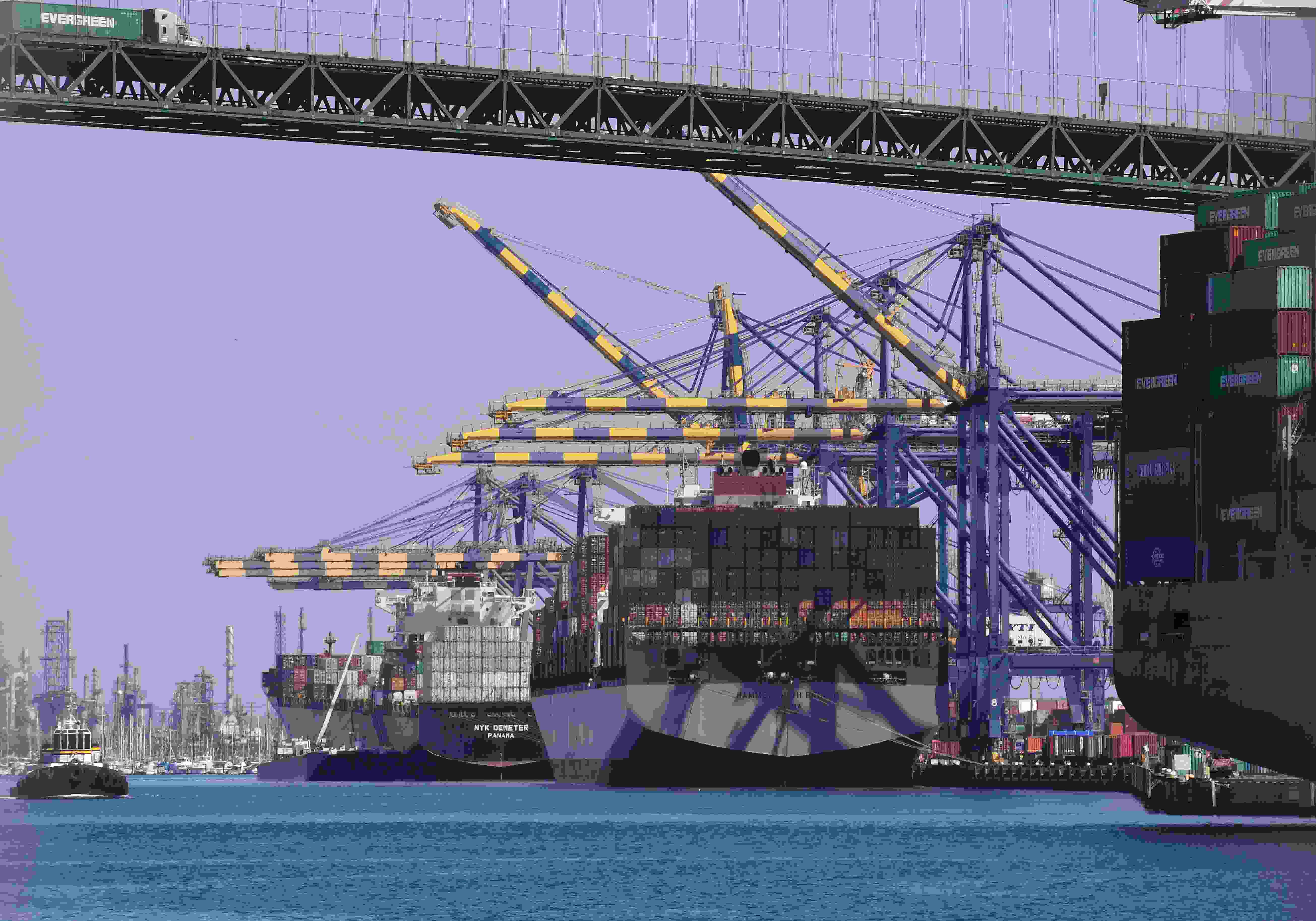
Opinion
22:06, 23-Apr-2019
A new vista for China's 21st-century diplomacy
Updated
12:56, 24-Apr-2019
Feng Da Hsuan & Liang Haiming

Editor's note: Feng Da Hsuan is chief adviser of the China Silk Road iValley Research Institute and former vice president of research at the University of Texas in Dallas; Liang Haiming is chairman of the China Silk Road iValley Research Institute and visiting scholar of Princeton University. The article reflects the authors' opinion, and not necessarily the views of CGTN.
On January 18, 2017, some three years after the Belt and Road Initiative (BRI) was unveiled, Chinese President Xi Jinping declared in Geneva that "China's proposition is to build a community of shared future for mankind and achieve shared and win-win development," which will define China's modus operandi in its interactions with all countries in the 21st century.
In 2013, the BRI ushered in a new era of China's interactions with the outside world. But, vision without funding is simply a hallucination.
Even as recent as two decades ago in 1997, when Hong Kong reversed its sovereignty back to the Chinese mainland, China's GDP was 1.3 times and nine times less than that of Japan and the United States, respectively. If China were to initiate a global initiative then under whatever name, it would have likely been ignored or been laughed at.
To develop and deepen what President Xi had emphasized regarding “shared future for mankind” with the world community, it would place unprecedented demand on the Chinese as a people in general to not only profoundly understand their own cultural heritage, histories and languages, but other civilizations, even within China.
Indeed, to do so would require a mindset transformation from the outside-in to one that's inside-out. To this end, since the practice of diplomacy is precisely China's window to, and for the world, it must also not just be the first to reflect this new and exciting propensity, but the first to practice it as well.

The ship Hammersmith Bridge (C), which has just arrived from Shanghai in China, unloads Chinese shipping containers at the Port of Long Beach in Los Angeles County, September 29, 2018. /VCG Photo
The ship Hammersmith Bridge (C), which has just arrived from Shanghai in China, unloads Chinese shipping containers at the Port of Long Beach in Los Angeles County, September 29, 2018. /VCG Photo
Indeed, by formulating such a Chinese diplomatic culture in the 21st century, it could and would bootstrap the entire nation with this transformation.
Perhaps the most globally visible example of this new Chinese diplomatic culture is Africa-China relations.
Let's take the example of the construction of the nearly 300-mile-long (480 kilometers) rail between Kenya's port city of Mombasa and its capital Nairobi. This is one of the projects constructed under the auspices of the BRI. Clearly, to initiate and complete such a large-scale project would require seamless collaborations from various components within China.
First, the Chinese companies for the project who took the lead in negotiating with their Kenyan counterparts must have educated themselves to possess an in-depth understanding of the arduous nature of any international business collaboration.
Additionally, the Chinese government must play the go-between to smooth out any current and foreseeable challenges.
Given the completed rail project has enhanced Kenya's GDP growth and promoted local employment, it is indeed a success.
What is particularly intriguing to note is that while the Chinese assistance to African nations was across the continent and well known during this period, the loans required to carry out such vast assistance could only account for 1.8 percent of Africa's total external debt from 2000 to 2016.

African workers use a circular saw to cut a length of steel rail track for the construction of the new Mombasa-Nairobi Standard Gauge Railway (SGR) line in Kenya, March 16, 2016. /VCG Photo
African workers use a circular saw to cut a length of steel rail track for the construction of the new Mombasa-Nairobi Standard Gauge Railway (SGR) line in Kenya, March 16, 2016. /VCG Photo
Indeed, for China to be able to do so with such a “small loans” must imply that there must have been a significant amount of local “in-kind” contributions from them.
Yet, faced with such positive economic BRI scenarios from Kenyan as well as many other countries, they did not deter or slow down Western media to continuously voice their deep skepticism that this effort could “spark debt-trap fears” in this African nation and beyond.
In fact, in 2018, such skeptic voices have grown significantly. Articles are mushrooming in Western media.
To face and mitigate such challenges, one needs to be proactive in dealing with and understands the ways and means of the world outside of China.
Although, historically, it has been an inward-looking country, China and its diplomacy in the 21st century have now reached a new watershed moment when the whole nation should be endowed with a new vista of international outlook.
(If you want to contribute and have specific expertise, please contact us at opinions@cgtn.com.)

SITEMAP
Copyright © 2018 CGTN. Beijing ICP prepared NO.16065310-3
Copyright © 2018 CGTN. Beijing ICP prepared NO.16065310-3